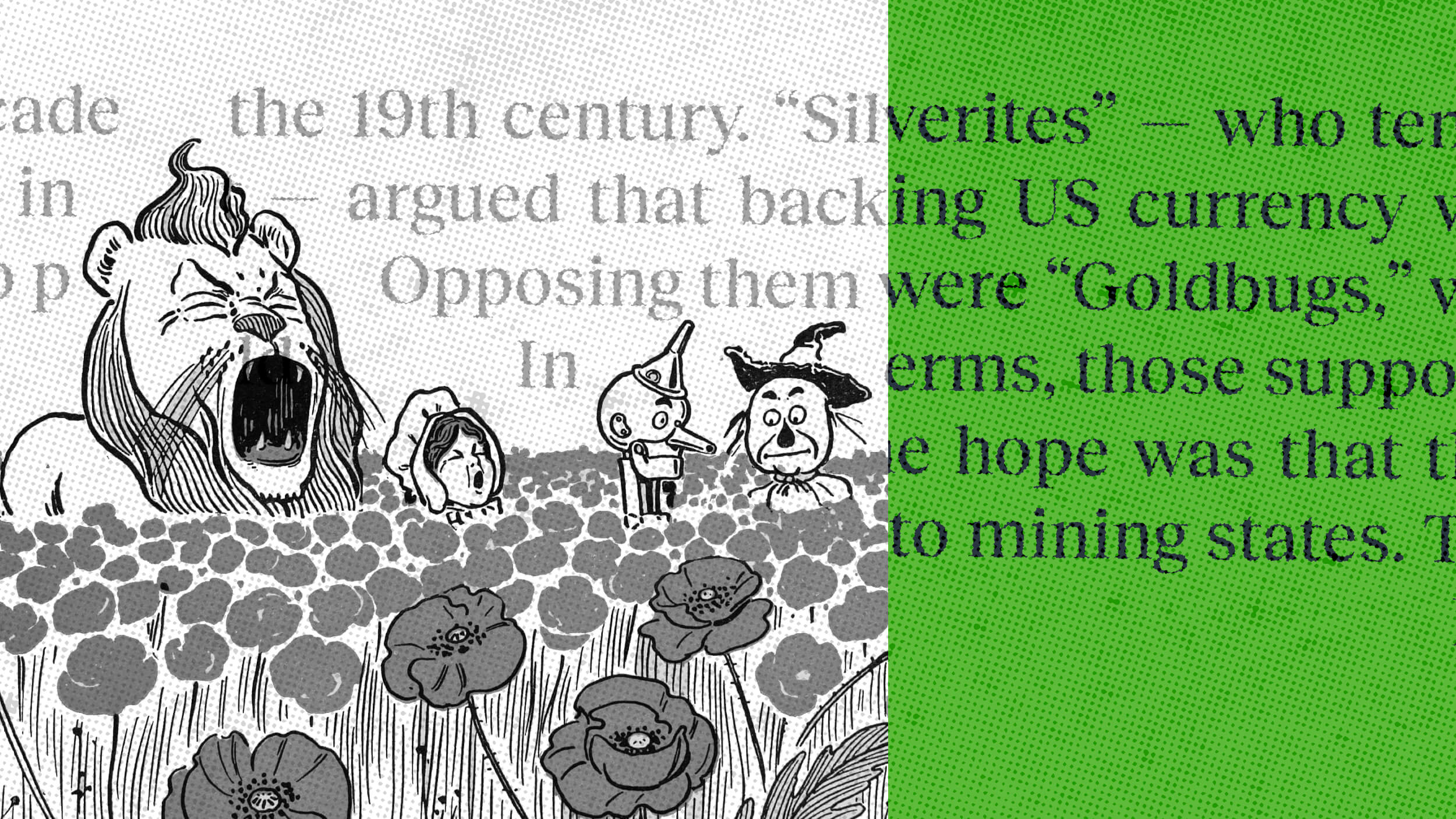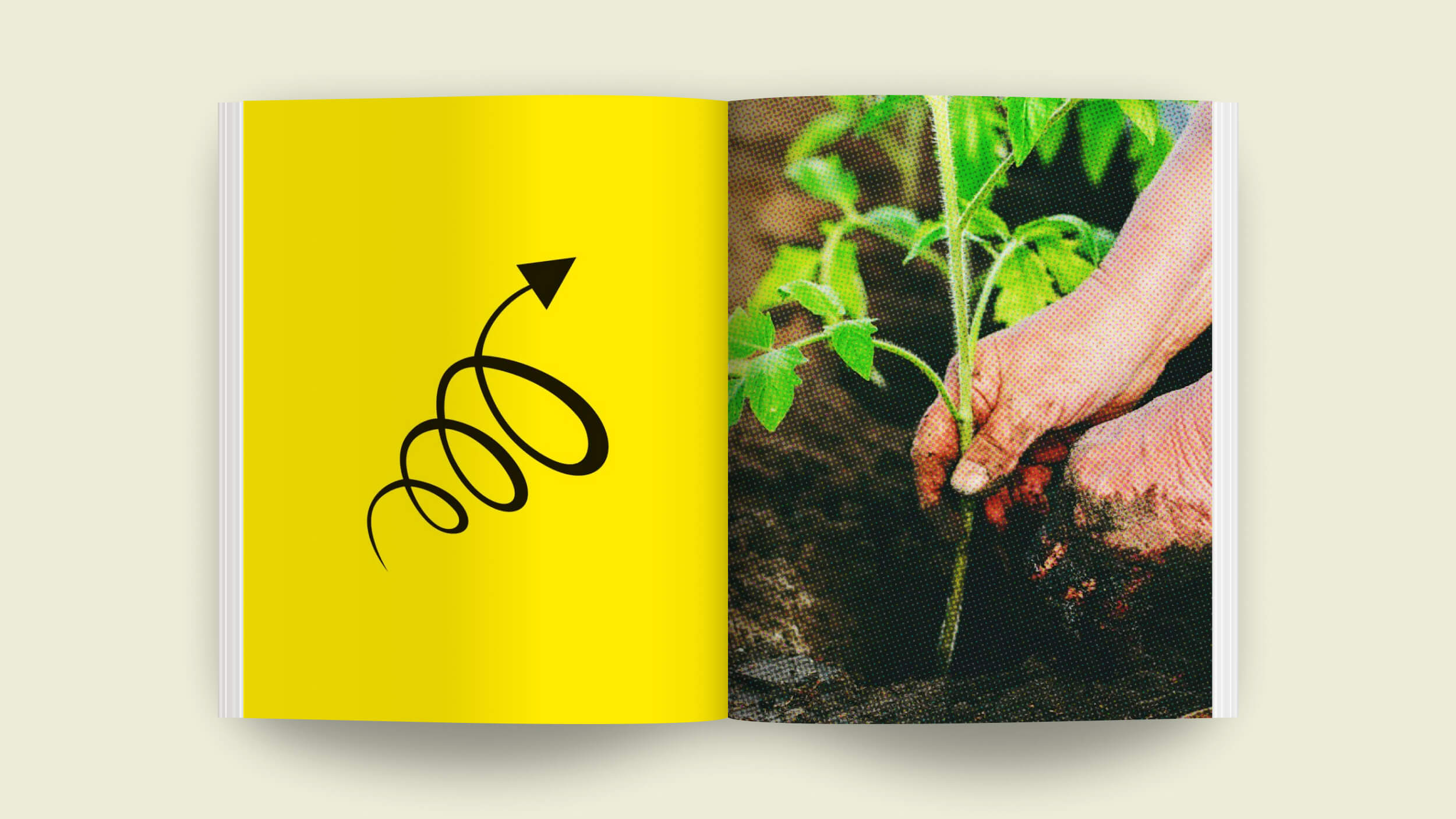State of the News Media 2010 (Part I)

The annual report released this week from the Pew Research Center’s Project for Excellence in Journalism begins by lamenting the effects of the recession on the news media. In 2009, newspapers lost an average of 26% of their advertising revenue. Over the past three years they have lost an average of 46%. Actually, there is very little good news in the report, but as a new generation takes the reins of emerging technologies, the future is as unwritten as ever.
Try as it might, the world of journalism cannot escape its money woes. The State of the News Media report (SNM) identifies this as the most persistent and threatening problem to the production of quality news in the public interest. Related the dilution of advertising revenue across the Internet, sources of content have become more highly specialized catering to a specific audience rather than a general readership. The result? More national entertainment news, less reporting on city and local governments.
At the same time they are siphoning advertising dollars, new media sites have yet to find their sea legs and still depend on the reportorial capacities of old media for a large amount of their content. What the SNM predicts is less the immediate death of old media, but its rebirth through partnerships with new media. Take for example this week’s announcement of a partnership between Salon.com and McSweeny’s.
As the dollars go, so go the reporters. Newsrooms with fewer funds cannot do as much reporting, but as the amount of reporting has fallen, the amount of commentary on the news has increased dramatically. Many new media sources rely on commentary to produce their content, i.e. blogs, and old media have relinquished their authority as news-kings such as in The Guardian’s Comment is Free section. The SNM found that in a survey of over a million blogs and social networking sites that 80% of links to news stories came from old media sources like a newspaper’s website.
These are three conclusions reached by the SNM. Tomorrow, we’ll look at three more.




